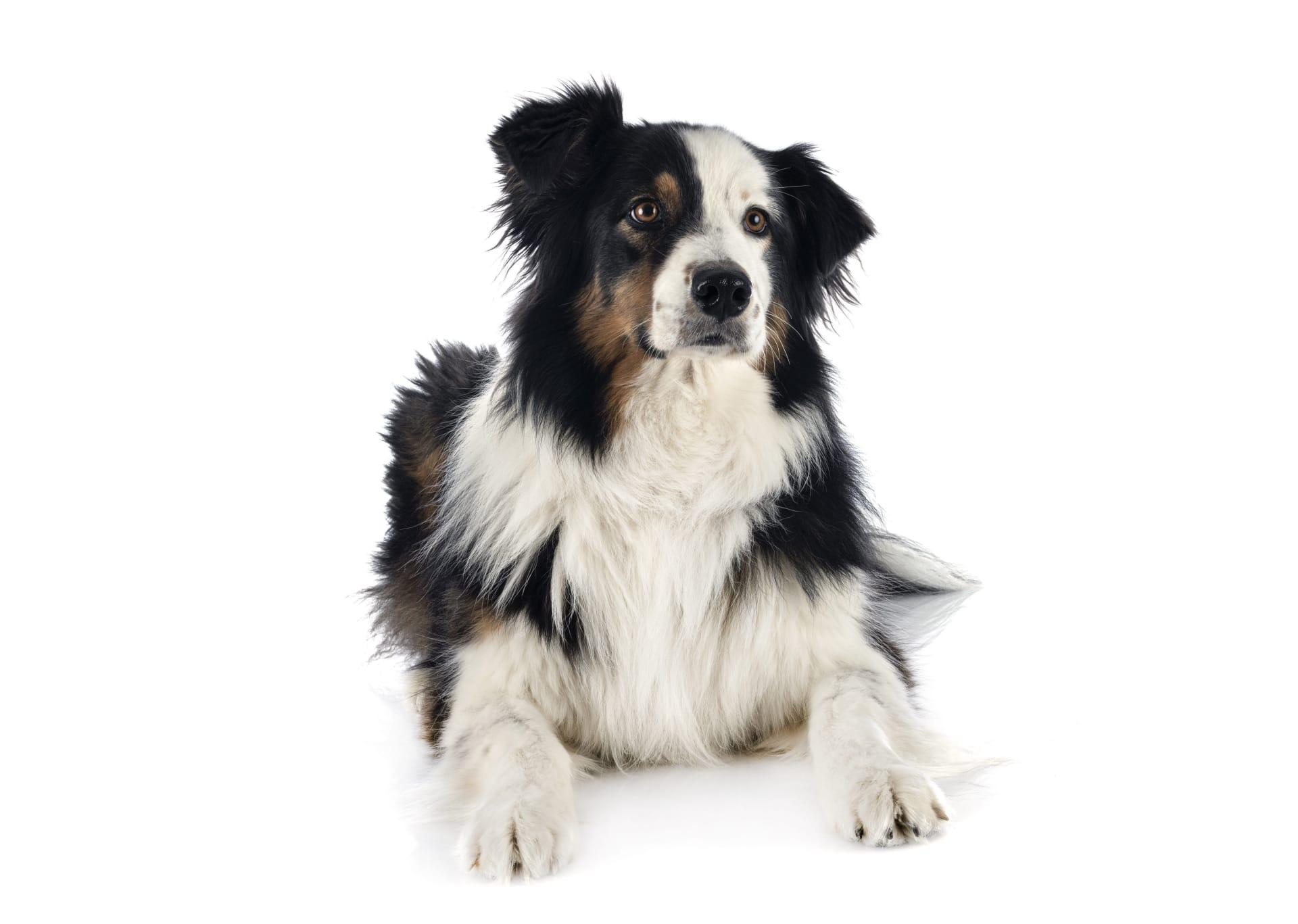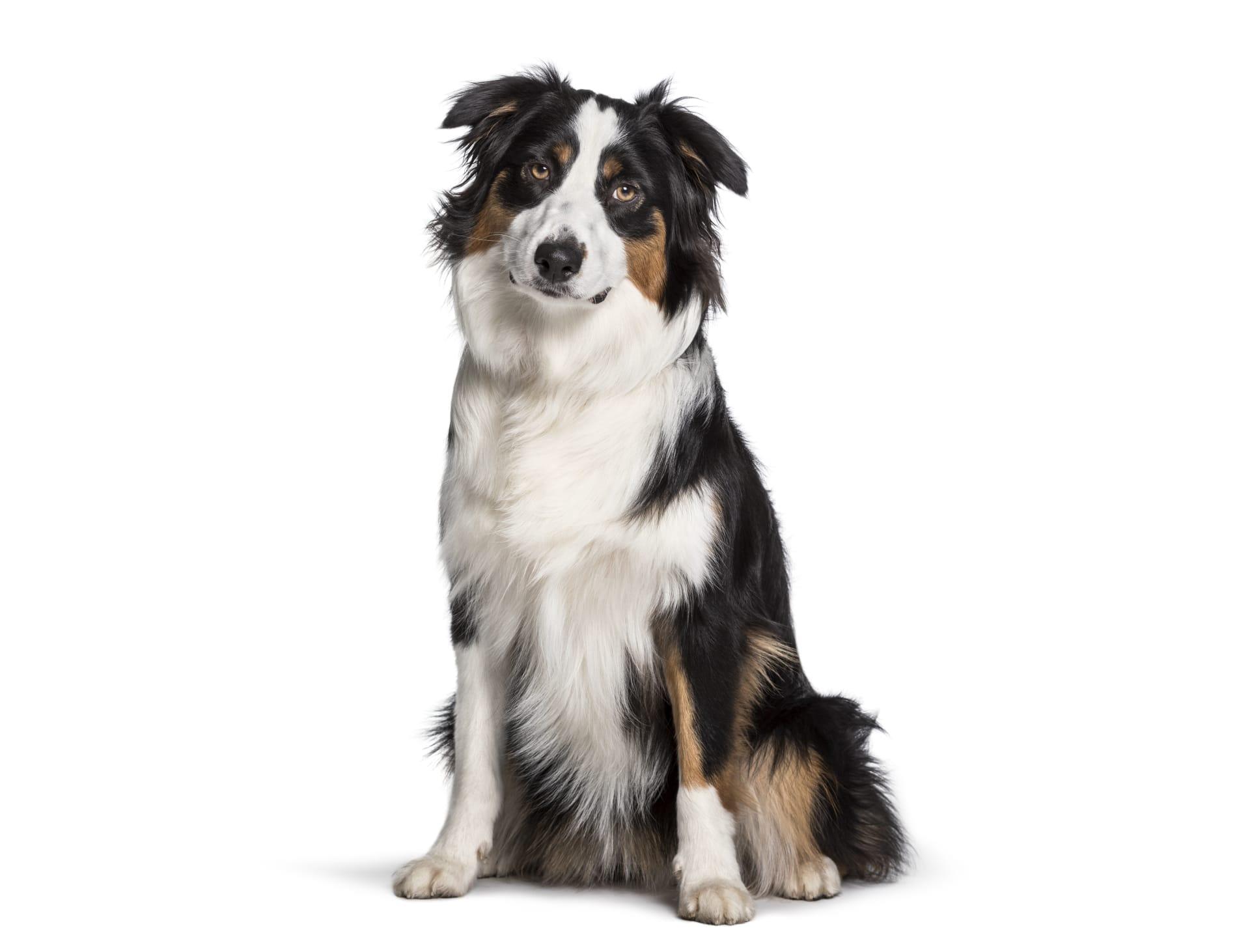Australian Shepherd Characteristics
- Home /
- Mini Encyclopedia /
- Animal /
- Australian Shepherd Characteristics
1
Australian Shepherds, affectionately known as Aussies, are medium-sized dogs that boast a robust and agile frame. Typically, an Aussie male stands about 20 to 23 inches tall at the shoulder, while females are slightly smaller, measuring around 18 to 21 inches. These dogs are not just about looks; they're built for activity, with a well-balanced body that screams endurance and agility. When it comes to lifespan, Aussies are quite the companions, sharing your life for about 12 to 15 years, given proper care and love.
Now, let's talk about a standout feature of the Australian Shepherd: their eyes. Aussies often captivate with their gaze, thanks to their unique and varied eye colors. It's not just the color that's remarkable; it's the diversity. An Aussie's eyes can be blue, brown, amber, or even a combination of these, sometimes within the same eye, known as heterochromia. But it's more than just a pretty look; their eyes are sharp and perceptive, reflecting their intelligence and keen observational skills, which are crucial for herding and agility tasks that the breed excels in.

2
Question: What's the deal with Australian Shepherds and their tails?
Answer: Australian Shepherds are often known for their unique tails, or lack thereof. Many are born with a naturally bobbed tail, which means it's very short, while others may have their tails docked for cosmetic reasons or to adhere to breed standards in certain countries. This trait harks back to their working dog lineage, where a shorter tail was thought to be more practical and less prone to injuries while herding livestock. However, it's worth noting that tail docking is a practice that's increasingly questioned and is even illegal in some countries due to animal welfare considerations.

3
Australian Shepherds are a whirlwind of energy, requiring plenty of exercise to keep them happy and healthy. These dogs thrive on activity, showing a remarkable aptitude for agility, herding, and other dog sports. An Aussie needs at least an hour of vigorous exercise each day, which can include running, playing, and engaging in training activities that challenge their mind as well as their body.
When it comes to dining, Australian Shepherds aren't particularly fussy eaters, but they do best on high-quality dog food tailored to their age, size, and activity level. Given their active nature, Aussies need a diet that's rich in proteins and fats to fuel their energy requirements. It's also important to monitor their food intake and ensure they're not overfed, as they can be prone to obesity, especially if their exercise needs aren't met.

4
Australian Shepherds are highly adaptable and can thrive in various environments, as long as they have enough space to burn off their boundless energy. They do best in homes with yards or in rural settings where they can roam and explore. Despite their name, they're more of an American breed, developed to herd livestock on ranches and farms, so they have a natural affinity for open spaces and outdoor activities.
Reproduction-wise, Australian Shepherds are quite fertile and can have large litters, with the average being around 6 to 9 puppies. Breeding Aussies requires a responsible approach, considering health screenings for common genetic issues like hip dysplasia and hereditary eye defects. Ethical breeding practices ensure the health and well-being of both the mother and her puppies, maintaining the breed's standards and temperament.

5
Book: "The Complete Guide to Australian Shepherds" by Mary Meisenzahl offers a comprehensive look into the world of Aussies, covering everything from their history and development in the United States to detailed advice on training, health care, and nutrition. Published in the USA during the early 21st century, this book serves as an essential resource for both prospective and current Aussie owners, aiming to foster a deep understanding and strong bond between the dog and its human.
Book: "Australian Shepherds: A Practical Guide to Understanding and Caring for Your Australian Shepherd" by John Daniels provides an insightful exploration into the breed's characteristics, temperament, and care requirements. Released in the late 20th century, this book delves into the breed's versatility, from its herding roots to its success in various canine sports and roles, emphasizing the importance of mental and physical stimulation for these energetic and intelligent dogs.